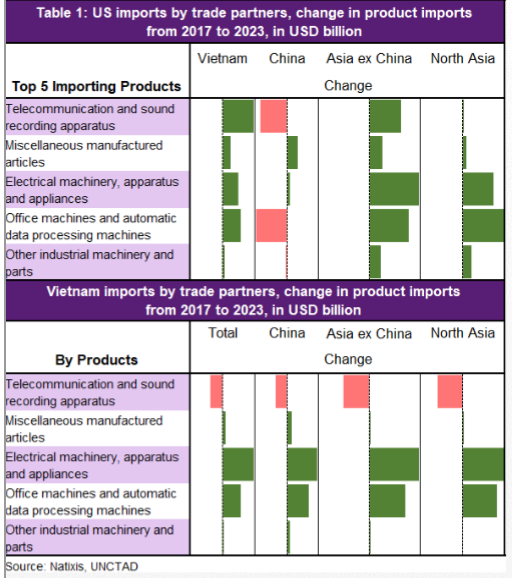A friend reminded me to look at the data after Covid. Given that most of the deaths occurred in the elderly, seems that millennials gained some wealth during Covid. That said, we got even more debt, and some bad stuff like consumer credit. Silent gen went to Gen X + millennial? 
https://twitter.com/Trinhnomics/status/1273267348800069633

US assets:
Most are in equities (40.3trn)
Real estate is 34.9trn
Pensions are 31trn
Private business is 13.7trn
+ Others like durables.
Want to know what millennials own of the largest asset? 2%
Only 2% of total corporate equities & mutual funds. No change before/after Covid.
Most are in equities (40.3trn)
Real estate is 34.9trn
Pensions are 31trn
Private business is 13.7trn
+ Others like durables.
Want to know what millennials own of the largest asset? 2%
Only 2% of total corporate equities & mutual funds. No change before/after Covid.
SPX rose almost 25% this year & our generation owns roughly 2% of total equity assets so we're basically so behind in asset valuation.
Let me show u what we have in wealth as a share of total for different assets end 2019 & Q2 2021.
Let me show u what we have in wealth as a share of total for different assets end 2019 & Q2 2021.

This chart tells you that we own a lot of consumer durables, not enough real estate.
Actually, this area has plenty of growth as people are awakened by Covid to own some private property + starting family + thinking about old age.
Share rising but shockingly low for equities.
Actually, this area has plenty of growth as people are awakened by Covid to own some private property + starting family + thinking about old age.
Share rising but shockingly low for equities.

Share of assets rose across the board but abysmal for equities. That said, liabilities rose much faster in terms of share of ownership of debt. Look at consumer credit: under 40 has 40% of total consumer credit debt.
Yikes.
Yikes.

A high share of debt, especially consumer credit, but a low share of asset can only mean that under 40 generation VOTE differently than older generations that have more assets & less debt.
We're the lost generation. No wonder Bernie/socialism is popular.
We're the lost generation. No wonder Bernie/socialism is popular.

• • •
Missing some Tweet in this thread? You can try to
force a refresh











